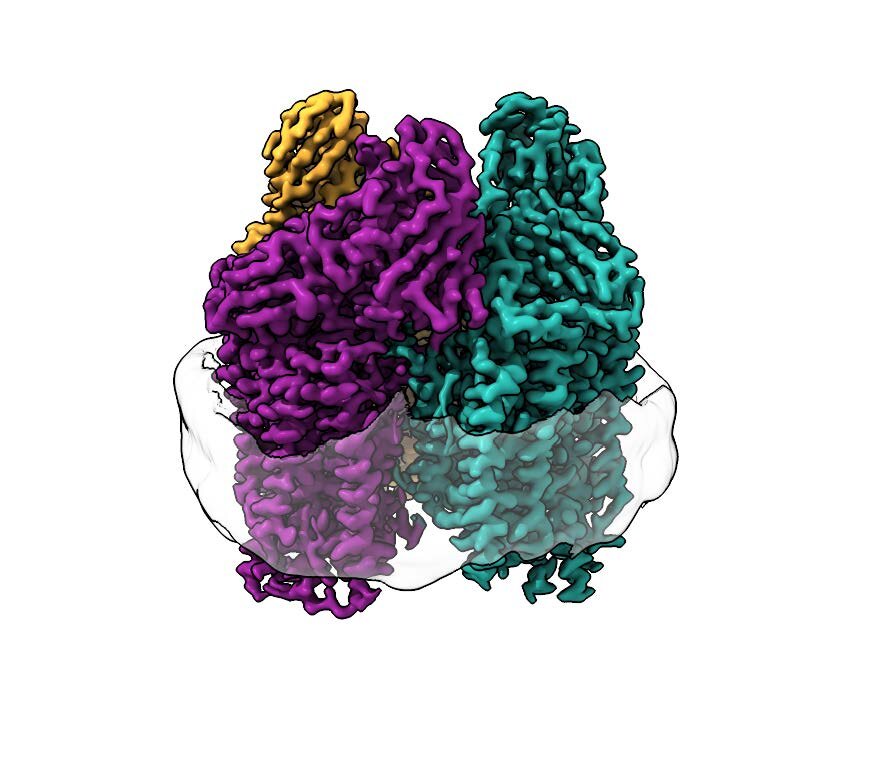Methane-eating bacteria convert greenhouse gas to fuel
Date: 21.3.2022
Methanotrophic bacteria consume 30 million metric tons of methane per year and have captivated researchers for their natural ability to convert the potent greenhouse gas into usable fuel. Yet we know very little about how the complex reaction occurs, limiting our ability to use the double benefit to our advantage.
 By studying the enzyme the bacteria use to catalyze the reaction, a team at Northwestern University now has discovered key structures that may drive the process. Their findings, to be published Friday (March 18) in the journal Science, ultimately could lead to the development of human-made biological catalysts that convert methane gas into methanol.
By studying the enzyme the bacteria use to catalyze the reaction, a team at Northwestern University now has discovered key structures that may drive the process. Their findings, to be published Friday (March 18) in the journal Science, ultimately could lead to the development of human-made biological catalysts that convert methane gas into methanol.
"Methane has a very strong bond, so it's pretty remarkable there's an enzyme that can do this," said Northwestern's Amy Rosenzweig, senior author of the paper. "If we don't understand exactly how the enzyme performs this difficult chemistry, we're not going to be able to engineer and optimize it for biotechnological applications."
The enzyme, called particulate methane monooxygenase (pMMO), is a particularly difficult protein to study because it's embedded in the cell membrane of the bacteria. In this study, the team used a new technique entirely.
Christopher Koo, the first author and a Ph.D. candidate in Rosenzweig's lab, wondered if by putting the enzyme back into a membrane that resembles its native environment, they could learn something new. Koo used lipids from the bacteria to form a membrane within a protective particle called a nanodisc, and then embedded the enzyme into that membrane.























